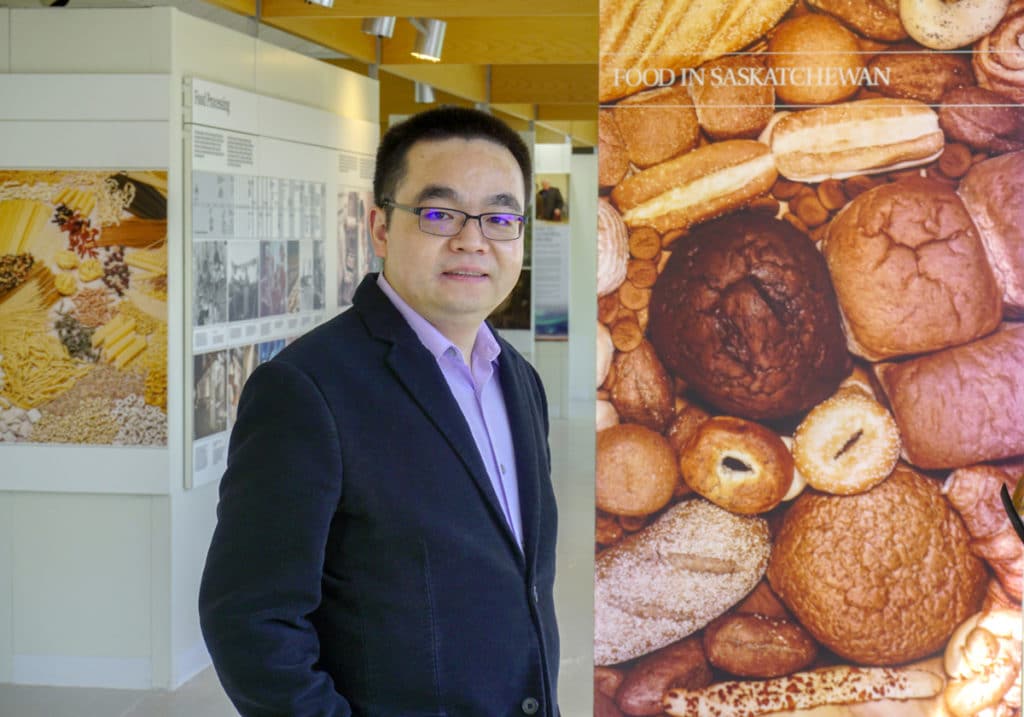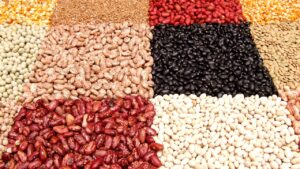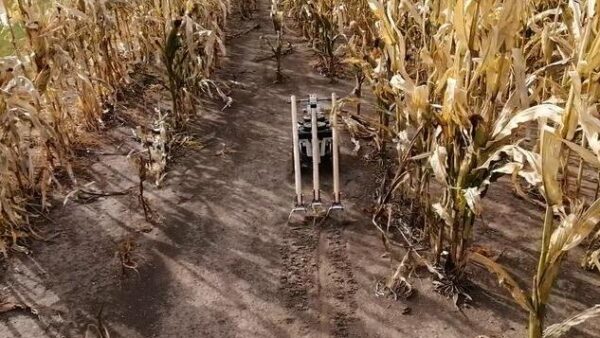Imagine having a specific pulse variety grown not just for certain food products, but to make medical materials like bandages.
Starch-based fibres could be woven into a bandage that wouldn’t need to be physically peeled off the skin, which can sometimes cause further irritation and pain. A bandage made from starch fibres could simply be left on and would dissolve on the skin, just like dissolvable stiches that don’t require removal.
Water bottles made from edible plant starch could easily dissolve and return to the earth from where they came, meaning fewer concerns about pollution.
Yongfeng Ai and his team at the University of Saskatchewan are helping meet the future of the new food economy — improving the processes of transforming pulses into novel food ingredients, new bioplastics and high-value biomedical materials.
Pulse starches display a wide variety of traits that make them unique from other botanical sources. They can develop into biogels of various physical forms, tolerate high-temperature processing, and are a good source of resistant starch — a new type of dietary fibre and prebiotic.
The strong gelling and film-forming ability of pulse starches can make them useful in bioplastics and biomedical materials, such as packaging materials, fabric fibres, hemostasis materials, and wound dressing.
More importantly, the derived bioproducts are highly biodegradable and compostable, which can make them a sustainable option for producing easily disposable products in the future.
As a faculty member in the College of Agriculture and Bioresources and the Ministry of Agriculture Endowed Research Chair in Carbohydrate Quality and Utilization, Ai will explore these new applications for Saskatchewan pulse starches, and streamlining the conversion processes from newly harvested pulses, including peas, faba beans, lentils and chickpeas, to high-value food, bioplastic and biomedical products.
And to do that, he’s working with breeders like the Crop Development Centre’s Tom Warkentin and Bunyamin Tar’an to explore the protein potential of known pulse varieties.
“We don’t believe all the pulses we know of have fully realized their potential. Some of the varieties are underutilized, like wrinkled pea. It’s a variety that farmers don’t grow, but this variety has protein levels higher than commonly-grown pea varieties,” Ai says.
“Starch profiles are also something that haven’t been explored to a great extent in pulses, and we are working to better understand those starch profiles, their nutritional value and how different varieties behave under fractionation.”
He says chickpea is also an unexplored frontier in the protein space. While it’s grown extensively for food, Ai notes that chickpea is not commonly grown for protein and starch extraction.
In a nutshell, his research could eventually lead to identifying and developing new pulse varieties for specific industrial uses, beyond just food.
Ai’s work recently attracted the attention of the Governments of Canada and Saskatchewan, which awarded his team $2.5 million through the Canadian Agricultural Partnership.
His team has five years to deliver on a five-point plan that will offer a roadmap to better utilizing pulses to meet the future of a world that is increasingly relying on plant-based proteins and starches.
“We have only scratched the surface of how pulse crops can be used to create new and innovative products,” he says.












